Introduction
The humble pancake, a flat, round, and often thin cake cooked on a griddle or frying pan, holds a special place in the culinary traditions of countless cultures worldwide. From the crepe of France to the tortilla of Mexico, the dosa of India, and the Russian bliny, pancakes are a versatile and beloved food item. However, making truly delicious pancakes is an art form that requires attention to detail, the right ingredients, and a bit of practice. In this comprehensive guide, we will explore how to create pancakes that are not only visually appealing but also burst with flavor, texture, and nutritional value.

Understanding the Basics
Before diving into the intricacies of making delicious pancakes, it’s essential to grasp the fundamental principles that govern their creation. Pancakes are primarily made from a combination of flour, liquid (such as milk or water), and leavening agents (like baking powder or yeast). The ratio of these ingredients, along with the cooking technique, determines the final texture and taste.
Choosing the Right Flour
Flour is the backbone of any pancake recipe. Different types of flour have varying protein contents, which affect gluten formation and, consequently, the texture of the pancakes.
- All-Purpose Flour: This versatile flour works well for most pancake recipes. It contains moderate protein levels, resulting in pancakes that are neither too tough nor too fragile.
- Whole Wheat Flour: For a nutritious twist, whole wheat flour can be used. It adds fiber and a nutty flavor but may require additional liquid to achieve the desired consistency.
- Gluten-Free Flours: For those avoiding gluten, a blend of gluten-free flours like almond, rice, and tapioca can be used. These flours behave differently from wheat-based flours, so recipes may need adjustments.
The Role of Liquid
The liquid component in pancake batter helps to hydrate the flour and activate the gluten, which gives structure to the pancakes. Common choices include milk, water, and buttermilk.
- Milk: Whole milk adds richness and flavor, while skim milk can be used for a lighter option. Non-dairy alternatives like almond milk or soy milk are suitable for vegan or lactose-intolerant individuals.
- Water: A simple and cost-effective choice, water results in lighter pancakes but may lack the richness of milk.
- Buttermilk: This tangy liquid enhances flavor and tenderizes the pancakes, making them softer and more moist.
Leavening Agents
Leavening agents are crucial for creating the light, airy texture of pancakes. They cause the batter to rise during cooking.
- Baking Powder: A common leavening agent that reacts with liquid and heat to produce carbon dioxide gas, causing the batter to expand.
- Baking Soda: Similar to baking powder but requires an acidic ingredient (like buttermilk or vinegar) to activate.
- Yeast: Less common in pancake recipes but can be used for a slower, more controlled rise, resulting in complex flavors.
Binding and Thickening Agents

Ingredients like eggs and cornstarch play a vital role in binding the batter and ensuring a cohesive structure.
- Eggs: They add protein, moisture, and richness. The yolks contribute to a tender texture, while the whites provide structure.
- Cornstarch: Used sparingly, cornstarch can help thicken the batter and create a smoother texture.
Flavor Enhancers
Adding flavorings can elevate pancakes from ordinary to extraordinary.
- Salt: A pinch of salt enhances the overall flavor.
- Sugar: Adds sweetness and helps with browning. Brown sugar or honey can be used for a deeper caramelized flavor.
- Extracts and Spices: Vanilla extract, cinnamon, nutmeg, and cardamom can add depth and complexity.
Mixing the Batter
The technique used to mix the batter can significantly impact the final outcome of your pancakes.
- Sifting: Sifting the dry ingredients ensures they are well combined and free of lumps.
- Combining Wet and Dry Ingredients: Gradually add the liquid to the dry ingredients, mixing until just combined. Over-mixing can develop too much gluten, leading to tough pancakes.
- Resting: Allowing the batter to rest for a few minutes allows the gluten to relax, resulting in softer pancakes.
Cooking Techniques
The cooking process is where all the preparation comes together. Here are some tips for perfect pancakes:
- Preheating the Pan: A hot, well-oiled griddle or frying pan is essential. Use a small amount of butter, oil, or cooking spray to prevent sticking.
- Temperature Control: Maintain a consistent cooking temperature. Too high can burn the pancakes, while too low can make them soggy.
- Portioning: Use a measuring cup or ladle to portion out the batter evenly, ensuring uniform cooking times.
- Flipping: Wait until bubbles form on the surface of the pancake before flipping. This indicates that the bottom is set and ready to be turned.
- Finishing: Cook the second side until golden brown and cooked through. Remove from the heat and let them rest for a minute before serving to redistribute moisture.
Adding Variety and Creativity
Once you’ve mastered the basics, it’s time to experiment and add your own flair.

Fillings and Toppings
- Fruit: Fresh berries, bananas, or apples can be folded into the batter or served on top.
- Chocolate: Chocolate chips or melted chocolate can be incorporated for a decadent treat.
- Savory Options: Cheese, herbs, and vegetables can transform pancakes into a savory dish.
Special Dietary Needs
- Vegan Pancakes: Use plant-based milk, eggs (like flax or chia egg substitutes), and leavening agents.
- Whole Grain and Nut-Based Pancakes: Incorporate oats, buckwheat, almond, or coconut flour for added nutrition and flavor.
- Protein-Packed Pancakes: Add protein powder, Greek yogurt, or nuts to boost protein content.
Cultural Influences
- Crepes: Thin, delicate pancakes from France, often filled with sweet or savory ingredients.
- Japanese Okonomiyaki: A savory pancake with cabbage, meat, and toppings like mayonnaise and bonito flakes.
- Indian Dosa: A thin, rice-and-lentil-based pancake, often served with coconut chutney and sambar.
Serving and Enjoying
Finally, serving your pancakes with the right accompaniments can elevate the dining experience.
- Syrups and Sauces: Maple syrup, honey, or homemade fruit syrups are classic choices. For a savory twist, try gravy or yogurt-based dressings.
- Butters and Spreads: Creamy butter, Nutella, or fruit butters can add a rich, indulgent touch.
- Garnishes: Fresh fruit, whipped cream, nuts, or a sprinkle of powdered sugar can make your pancakes visually appealing and delicious.
Conclusion
Making delicious pancakes is a rewarding culinary endeavor that combines science with creativity. By understanding the basics of flour, liquid, leavening agents, and flavorings, and mastering the cooking techniques, you can create pancakes that are not only satisfying but also a delight for the senses. Experimenting with different fillings, toppings, and cultural influences will keep your pancake-making journey exciting and ever-evolving. So, the next time you feel the urge to whip up a batch, remember that with the right ingredients, technique, and a bit of imagination, you can turn a simple pancake into a masterpiece. Happy baking!
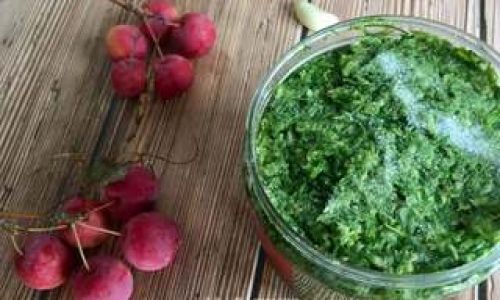
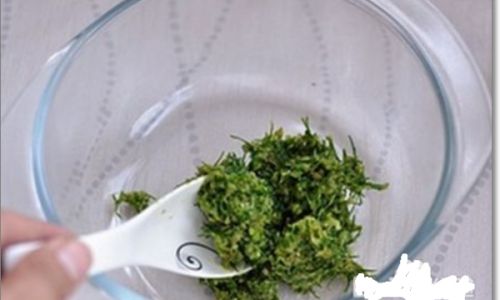
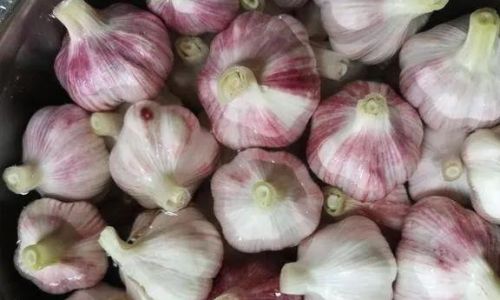
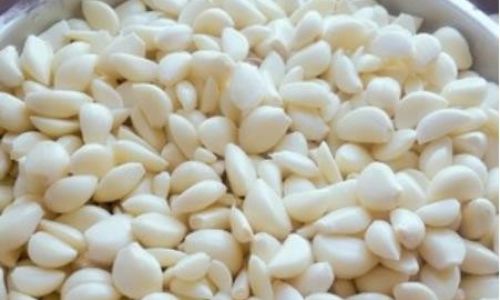
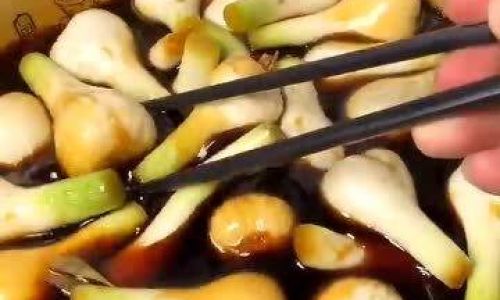
0 comments